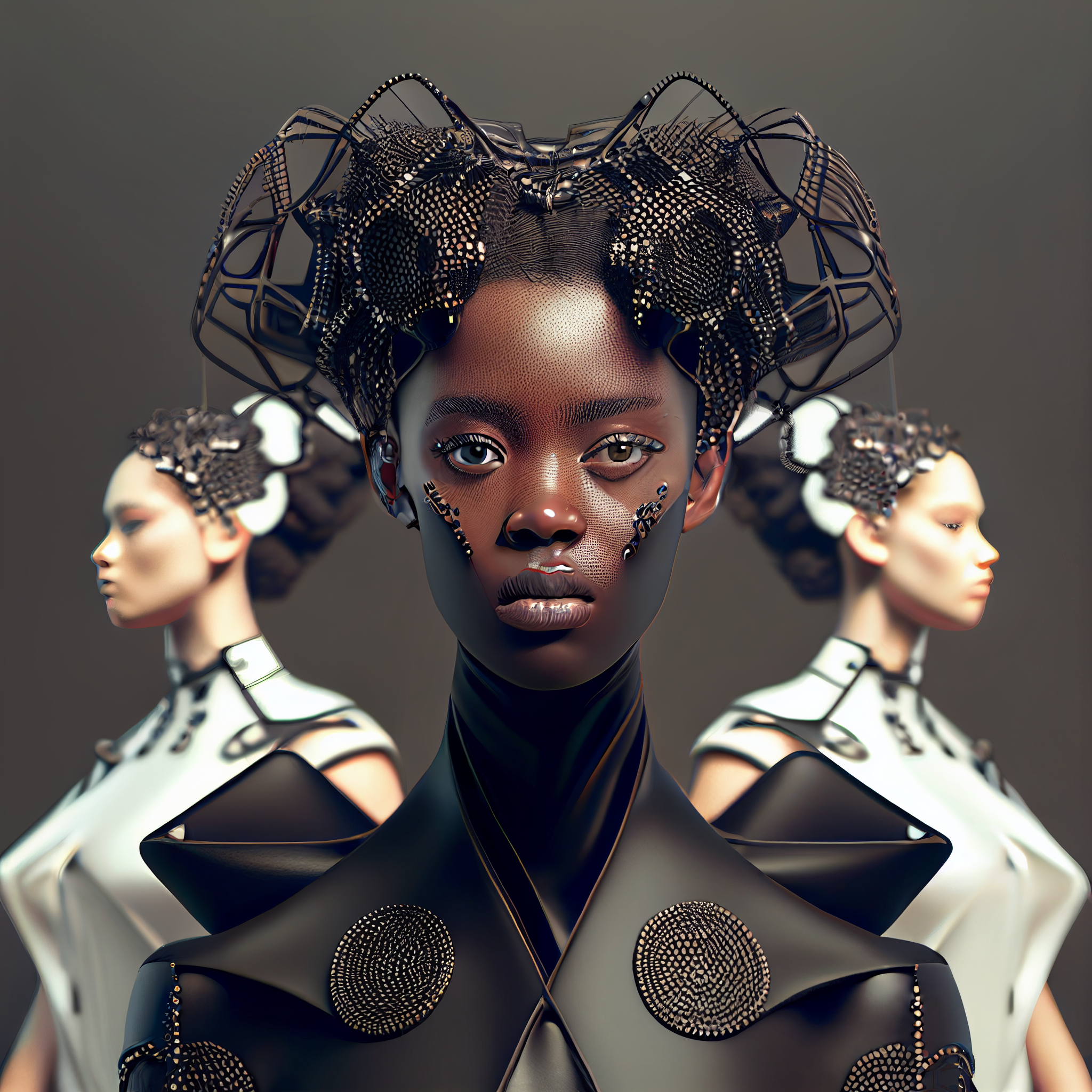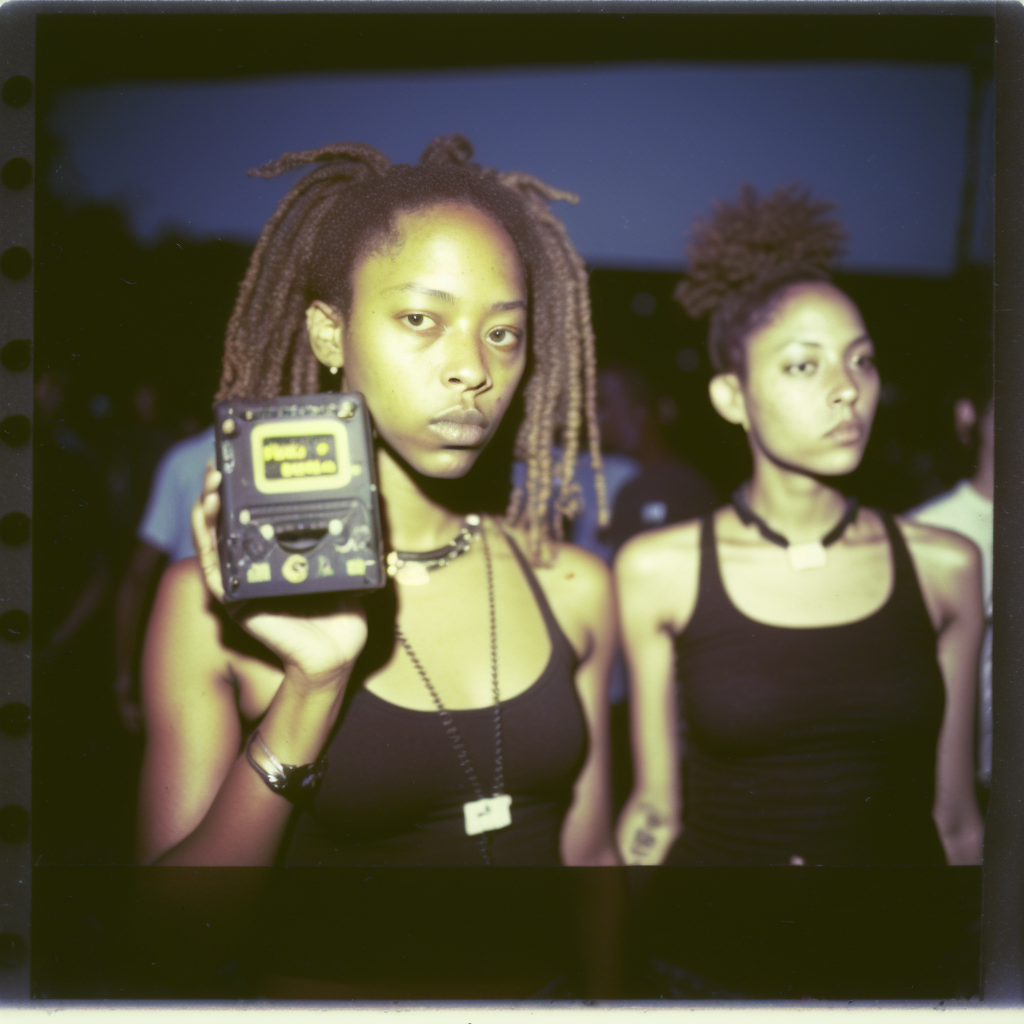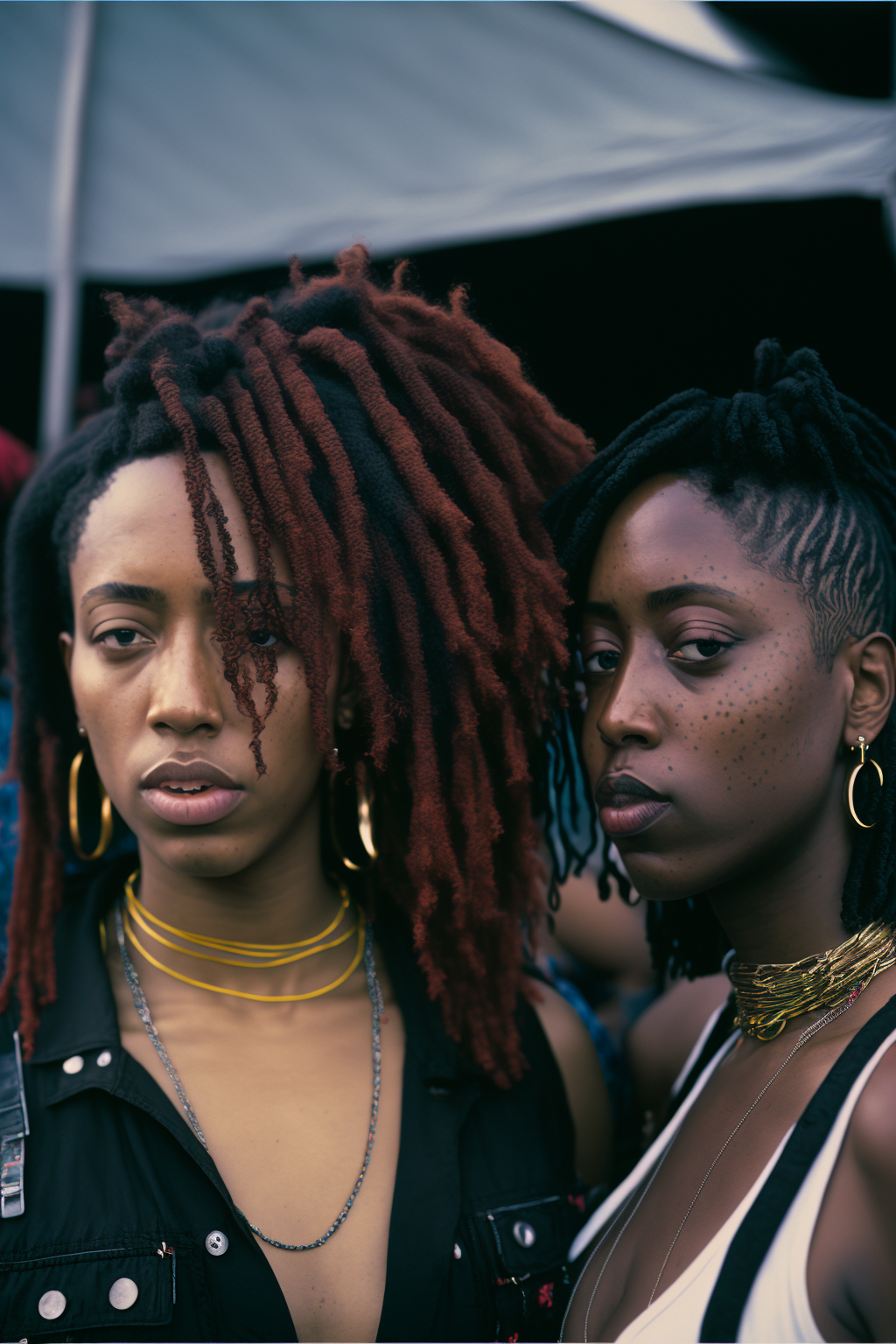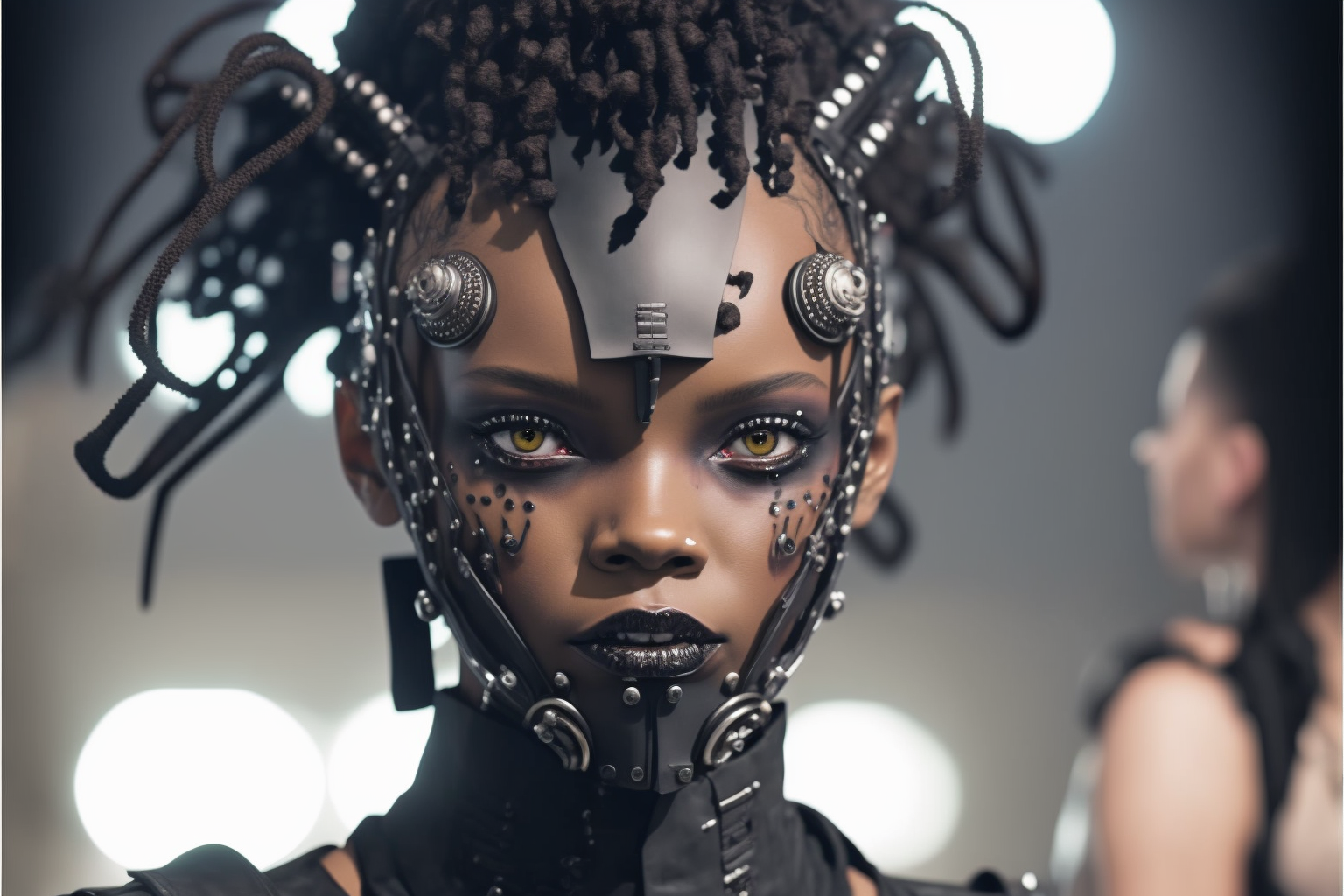In the last couple of weeks, TikTok has been overtaken by the AI manga art filter. The filter allows users to pose in front of the camera and be imagined by artificial intelligence (AI) in the art style of a manga, drawing on visual elements from the composition. On TikTok, it’s mostly fun harmless fun. You get people drawing their knees up to their chest to have the AI generate big busts, people pointing cameras in empty corners to see if they have ghosts, etc. Harmless fun.
However, this is just AI art reaching its peak in popular media culture. The filter has made the everyday TikTok user able to manipulate the non-virtual world in their favour. Before this, I’d begun to notice the trend of AI art used on Twitter to envision situations in history never seen before. The viral images I came across depicted black women in old film at a heavy metal music festival. Upon first reading that the women weren’t real, I thought they were unreal, cooler than life. However – as is telltale – the unnatural and morphed fingers pointed to the fact that absolutely none of it was real. The text-to-image software is trained to be able to take simple text and create highly detailed, imaginative visuals for the given prompt.
What if this was used in fashion?
Well, it kind of already is.
@nadiajaftha Pretty accurate 🤷♀️
♬ original sound – ❦
The capabilities of technology aren’t limited to envisioning unreal scenarios. Very similarly, Computer-Aided Design (CAD) is used in fashion design to create designs on virtual models before they go to actual production, to save on making prototypes and get a sense of it before. The designer can manipulate patterns and prints all from the computer without having to use actual textiles. The difference between this and AI is largely in the work of the designer. The designer, in traditional CAD, is still a very integral part of the process, having to still invent and apply. CAD is not able to continuously learn. While as AI’s biggest job is to continuously learn and require less from the designer/input. AI is trained to pick up patterns in data and be able to excavate more data from that than input.
On a symbolic level, AI in fashion could be really good. Thinking of the symbolic effect of the images of the black femmes in spaces they have been erased from: what else could we imagine? What about fat bodies, taking up space on the catwalks of some of the most famous 90s high fashion brands, where the likes of Lagerfeld never had them? What about otherly-abled bodies taking up space of brands dating as far back as the beginnings of modern fashion, like Dior and Schiaparelli?



From people who might enjoy the culture and art of fashion, more than fashion as a tangible product, this allows an interesting deep dive into pushing the boundaries of that culture and asking “See? Here it is. Why not?” This means of appreciating fashion, so symbolically, also gives allowance to fashion houses to produce fashion without the need for actually contributing to the surplus of clothes produced in this world. None of the environmental devastations of the cyclical production seasons.
Of course, fashion isn’t just something to be thought of and imagined and appreciated from a screen. Fashion is business. While the likes of major creative directors might still be able to profit somehow from envisioning clothing and simply putting in text, the workers who do the sewing and cutting and all other tactile elements of the process are cut out of the digital picture. What then becomes of them and their lively hoods?
And if not those workers, what about the artists who the AI draws their data from? AI is clever, not original. There are designers whose works exists on the big wide interweb who might be used as mere inspiration for producing clothes, but never attributed. One doesn’t even have to put in any artist or designer, but a mere creative direction and something seemingly unique might appear.
Like all things in the chaotic world of fashion, there are drawbacks and there are advantages. No one can clearly say what the future of AI in Fashion looks like, with the realities of looming recessions and power in the industry redistributing to include more and more previously unheard parties. But it’s worth keeping a close eye on, to see whether the work of AI will ultimately change the game or be a mere glitch in the stitch.
@kaylakimkay #NewYearNewMe #kaylakimkay ♬ original sound – kaylakimkay



















































